The first 4G network on the moon could pave the way for future lunar colonies and Mars missions.



Soft viscoelastic solids are flexible materials that can return to their original shape after being stretched. Due to the unique properties driving their deformation, these materials can sometimes behave and change shape in unexpected ways.
Researchers at Princeton University carried out a study closely investigating the behavior of these materials when they are squeezed through narrow spaces. Their findings, published in Physical Review Letters, show that this extrusion of soft solids through confined geometries results in the formation of instabilities at their surface, characterized by a grooved pattern that deepens over time.
“Soft solids are viscoelastic materials, which have both fluid-like and solid-like features,” explained Prof. Howard Stone, senior author of the paper.
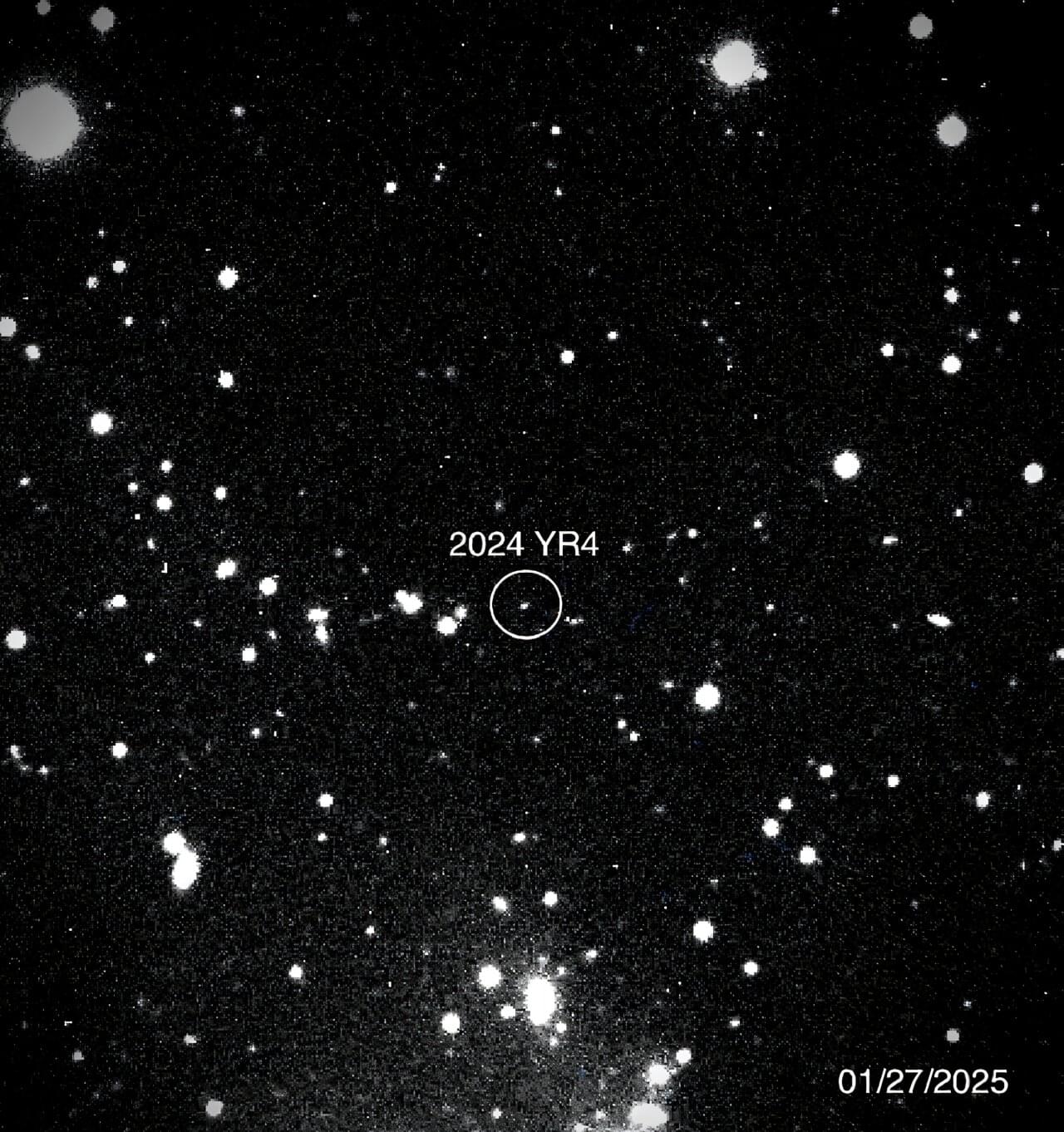
An asteroid that could level a city now has a 3.1-percent chance of striking Earth in 2032, according to NASA data released Tuesday—making it the most threatening space rock ever recorded by modern forecasting.
Despite the rising odds, experts say there is no need for alarm. The global astronomical community is closely monitoring the situation and the James Webb Space Telescope is set to fix its gaze on the object, known as 2024 YR4, next month.
“I’m not panicking,” Bruce Betts, chief scientist for the nonprofit Planetary Society told AFP.

What would you think if you received this text message?
“Buy some milk”
Pretty straightforward. Nothing to bat an eye at. But what if the text read like this?
“Buy. Some. Milk.”
A little more intense, right? Does the texter need the milk immediately? Are they frustrated? According to new research from Binghamton University, State University of New York, textisms like these—such as adding a period after each word or putting each word in its own text bubble—can convey emotion and intensity.
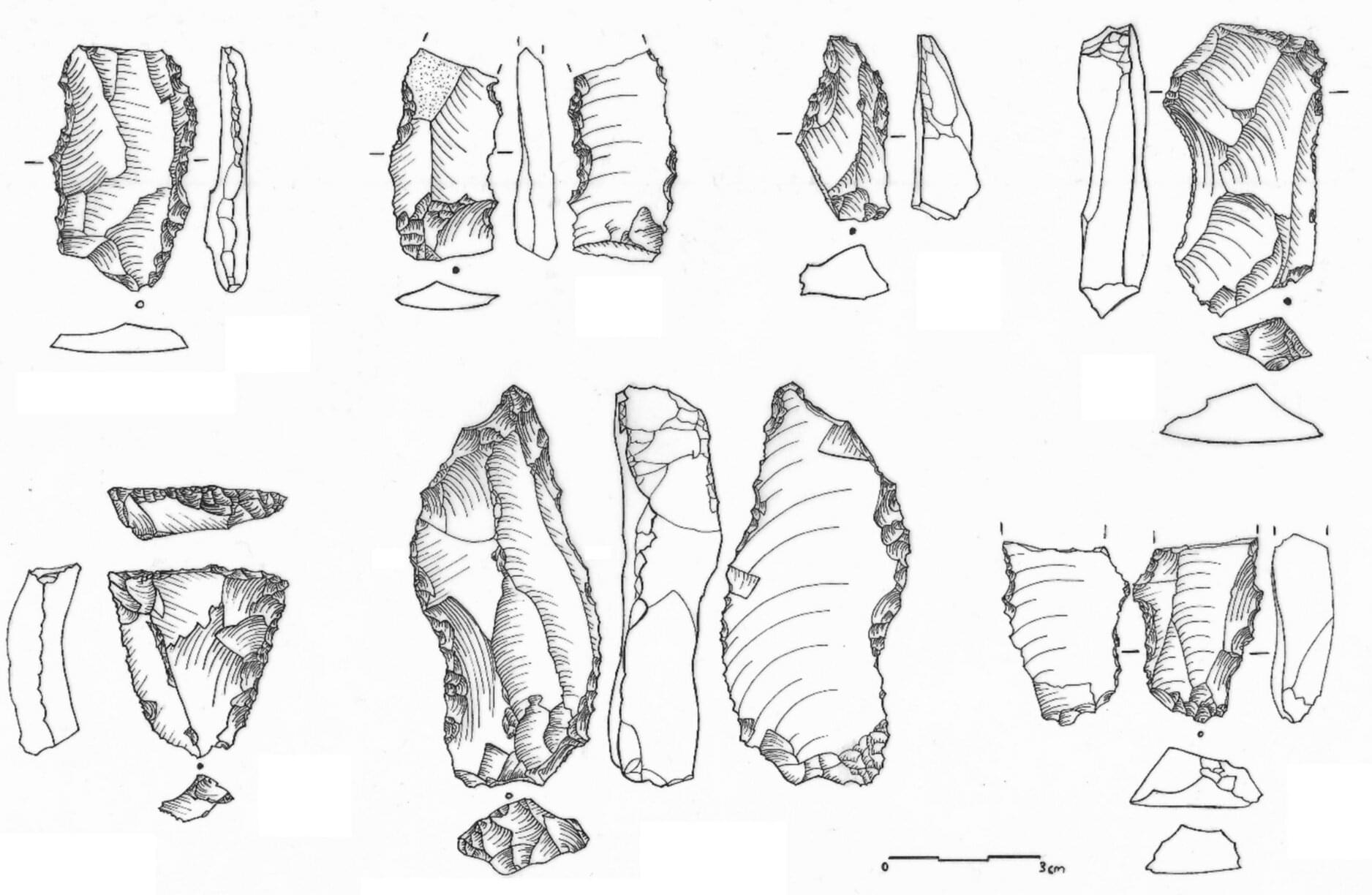
An international team of archaeologists, ethnologists and historians has uncovered the oldest-known evidence of stone blade production (made systematically) on the Arabian Peninsula. In their paper published in the journal Archaeological and Anthropological Sciences, the group describes the dig location in Jebel Faya, an archaeological site that has been under study for several years, located near the town of Al Madam in the United Arab Emirates (UAE), and the relic they found.
Prior research has shown that humans have been living in the region on and off for more than 200,000 years. Previous digs have revealed the use of stone tools and some evidence of assemblages through the Bronze, Neolithic, and Paleolithic ages.
In this new study, the researchers found what they describe as a stone assemblage dating back approximately 80,000 years. It is characterized by long flakes with parallel edges, which could only have been fashioned by Homo sapiens. The design of the blade suggests that it was made as part of a systematic production effort, marking the earliest evidence of such production on the Arabian Peninsula.

Creating and sustaining fusion reactions—essentially recreating star-like conditions on Earth—is extremely difficult, and Nathan Howard, Ph.D., a principal research scientist at the MIT Plasma Science and Fusion Center (PSFC), thinks it’s one of the most fascinating scientific challenges of our time.
“Both the science and the overall promise of fusion as a clean energy source are really interesting. That motivated me to come to grad school [at MIT] and work at the PSFC,” he says.
Howard is member of the Magnetic Fusion Experiments Integrated Modeling (MFE-IM) group at the PSFC. Along with MFE-IM group leader Pablo Rodriguez-Fernandez, Howard and the team use simulations and machine learning to predict how plasma will behave in a fusion device. MFE-IM and Howard’s research aims to forecast a given technology or configuration’s performance before it’s piloted in an actual fusion environment, allowing for smarter design choices. To ensure their accuracy, these models are continuously validated using data from previous experiments, keeping their simulations grounded in reality.

Researchers have found that a two-dimensional carbon material is tougher than graphene and resists cracking—even the strongest crack under pressure, a problem materials scientists have long been grappling with. For instance, carbon-derived materials like graphene are among the strongest on Earth, but once established, cracks propagate rapidly through them, making them prone to sudden fracture.
A new carbon material known as monolayer amorphous carbon (MAC) however, is both strong and tough. In fact, MAC—which was recently synthesized by the group of Barbaros Özyilmaz at the National University of Singapore (NUS)—is eight times tougher than graphene, according to a new study from Rice University scientists and collaborators, published in the journal Matter.
Like graphene, MAC is also a 2D or single atom-thick material. But unlike graphene where atoms are arranged in an ordered (crystalline) hexagonal lattice, MAC is a composite material that incorporates both crystalline and amorphous regions. It is this composite structure that gives MAC its characteristic toughness, suggesting that a composite design approach could be a productive way to make 2D materials less brittle.
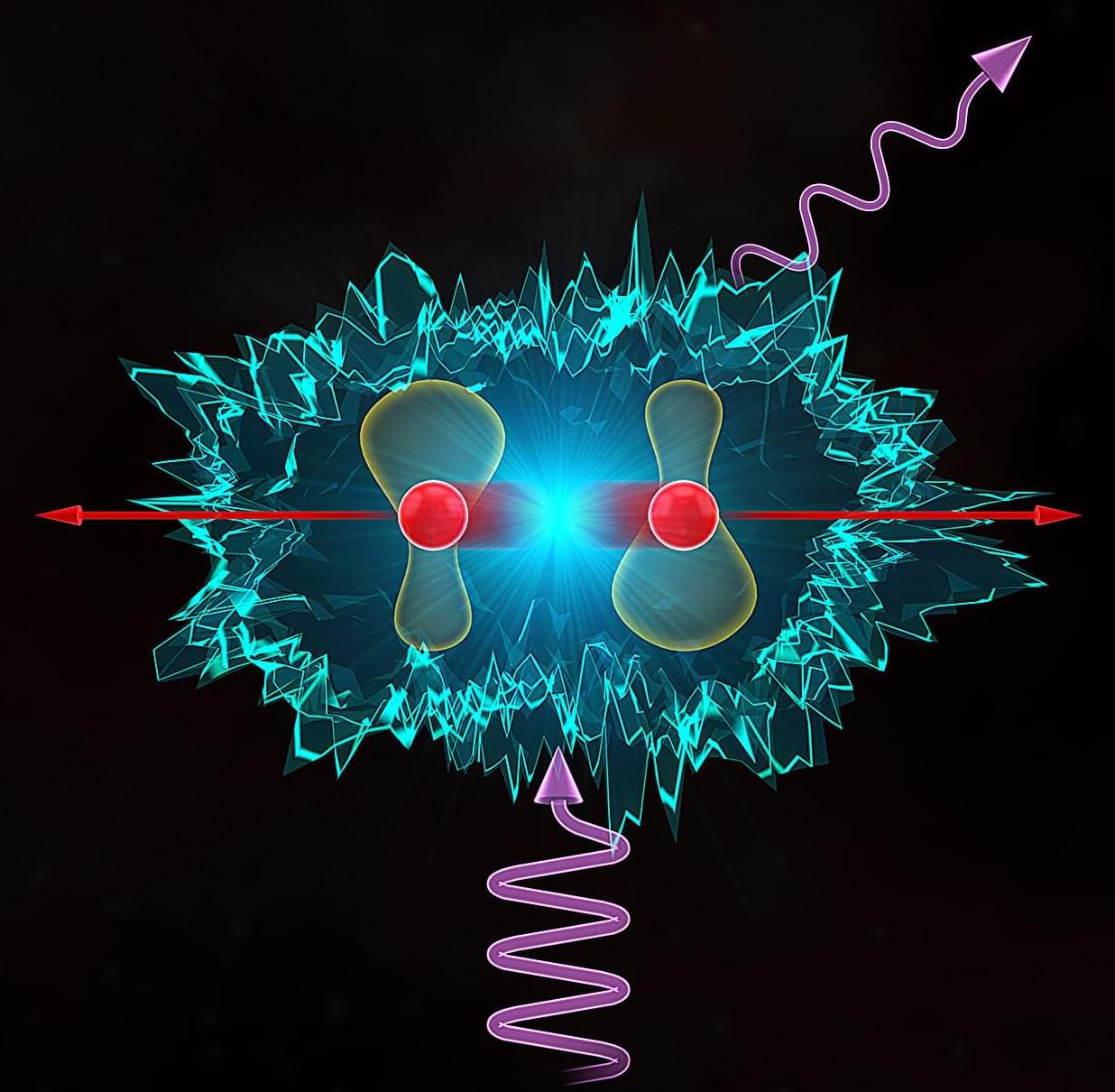
When atoms collide, their exact structure—for example, the number of electrons they have or even the quantum spin of their nuclei—has a lot to say about how they bounce off each other. This is especially true for atoms cooled to near-zero Kelvin, where quantum mechanical effects give rise to unexpected phenomena. Collisions of these cold atoms can sometimes be caused by incoming laser light, resulting in the colliding atom-pair forming a short-lived molecular state before disassociating and releasing an enormous amount of energy.
These so-called light-assisted collisions, which can happen very quickly, impact a broad range of quantum science applications, yet many details of the underlying mechanisms are not well understood.
In a new study published in Physical Review Letters, JILA Fellow and University of Colorado Boulder physics professor Cindy Regal, along with former JILA Associate Fellow Jose D’Incao (currently an assistant professor of physics at the University of Massachusetts, Boston) and their teams developed new experimental and theoretical techniques for studying the rates at which light-assisted collisions occur in the presence of small atomic energy splittings.
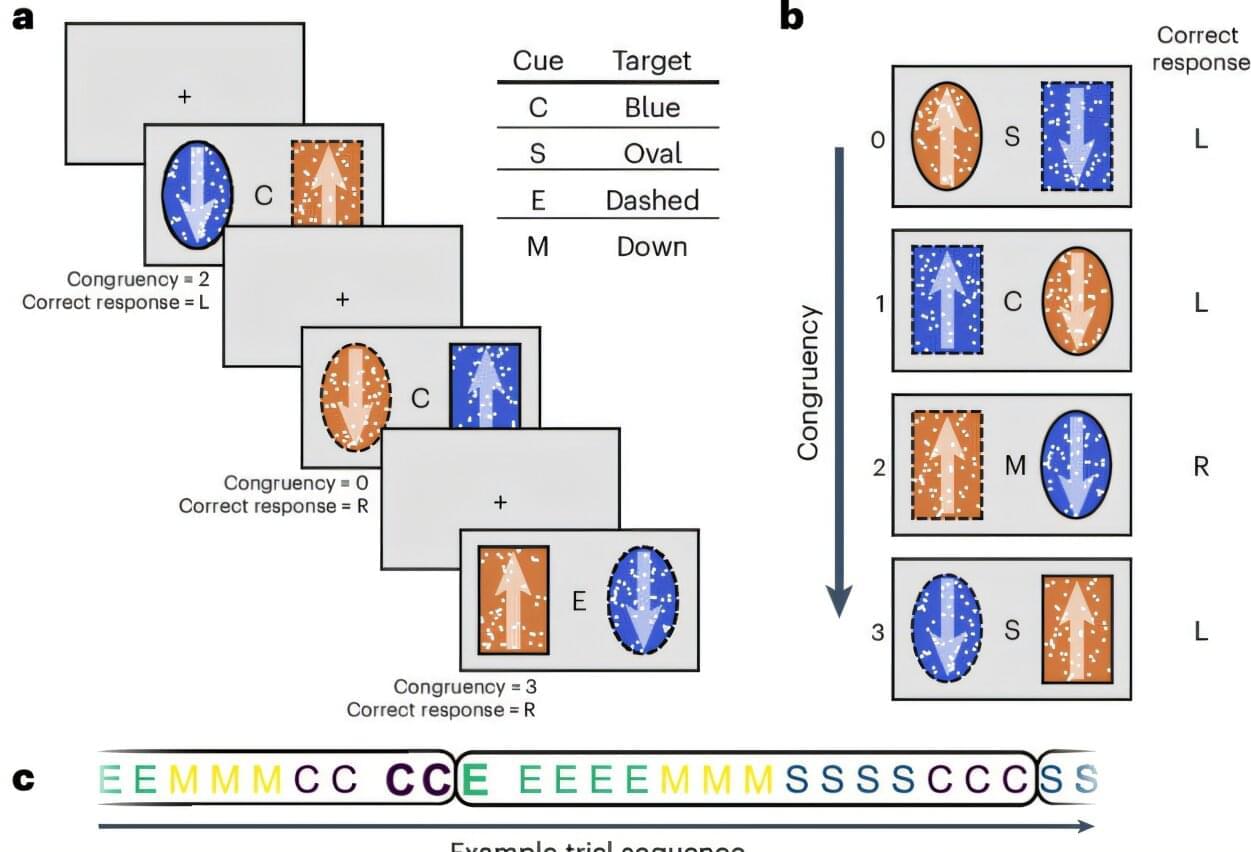
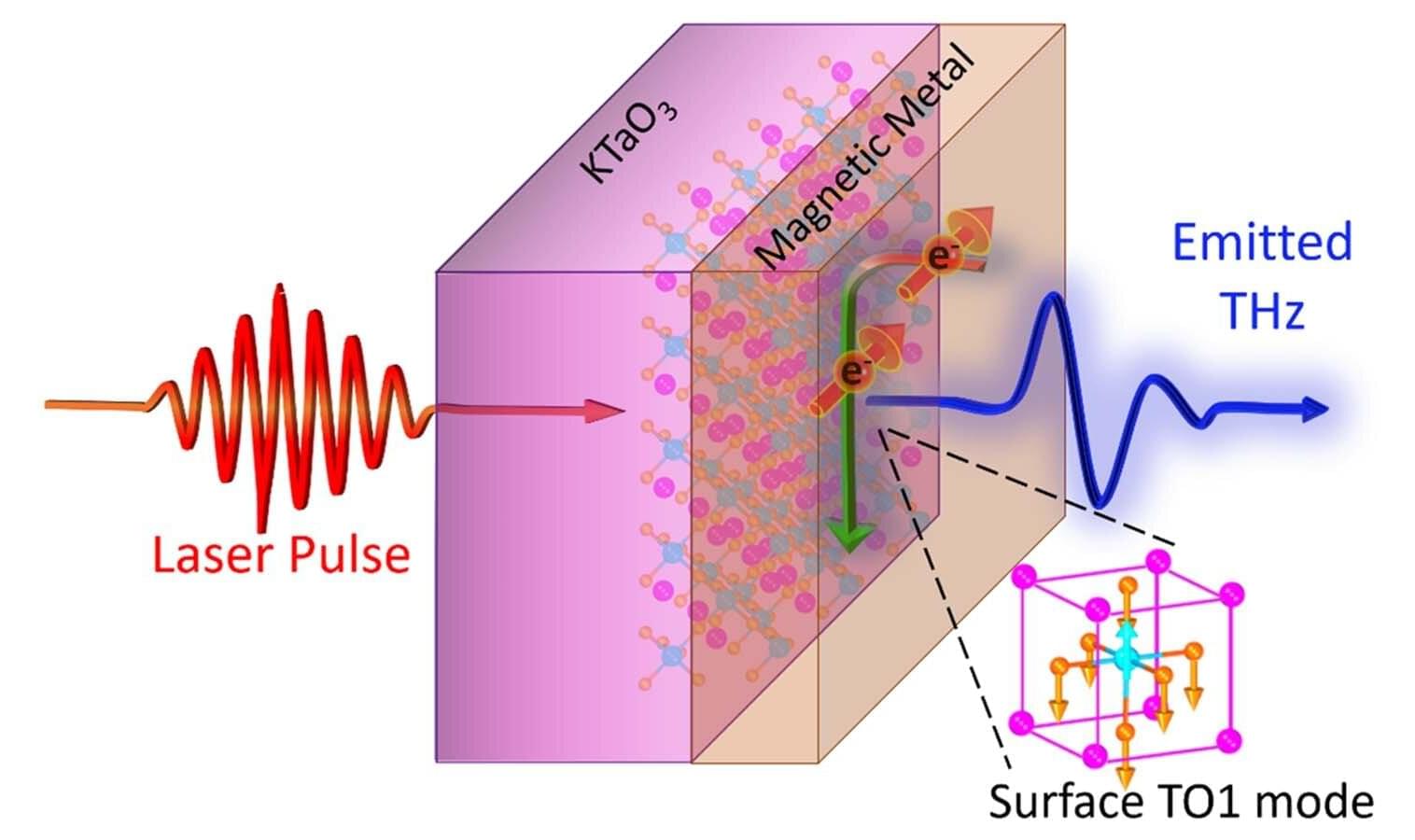
Scientists are racing to develop new materials for quantum technologies in computing and sensing for ultraprecise measurements. For these future technologies to transition from the laboratory to real-world applications, a much deeper understanding is needed of the behavior near surfaces, especially those at interfaces between materials.
Scientists at the U.S. Department of Energy’s (DOE) Argonne National Laboratory have unveiled a new technique that could help advance the development of quantum technology. Their innovation, surface-sensitive spintronic terahertz spectroscopy (SSTS), provides an unprecedented look at how quantum materials behave at interfaces.
The work is published in the journal Science Advances.